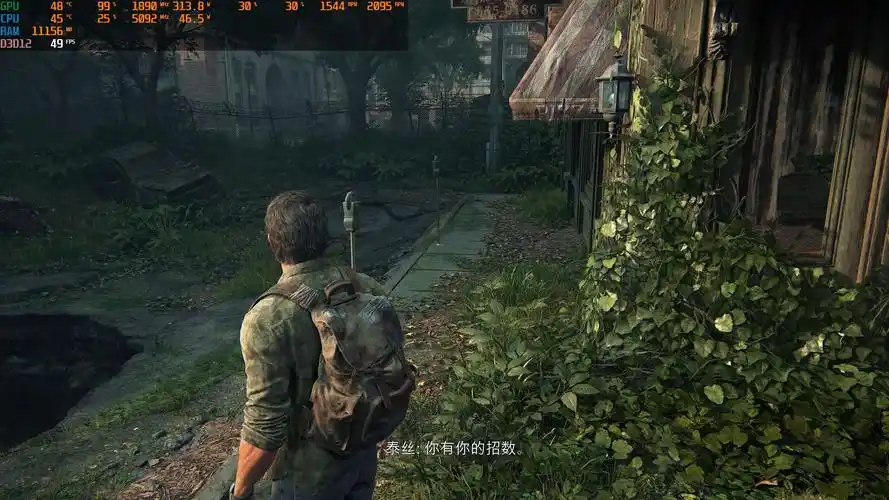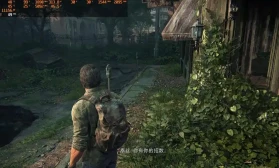Title: Beyond the Signpost: How the 'Place Missions' Update Deepens the VR Experience in Flower Bloom Shelter Sign Installer Simulator
The virtual reality landscape is often dominated by high-octane shooters, fantastical adventures, and pulse-pounding horror experiences. Tucked away in a quieter, more contemplative corner of the metaverse, however, is a title that has carved out a unique and beloved niche: Flower Bloom Shelter Sign Installer Simulator VR. At its core, the game is a meditative practice in wayfinding and compassion, tasking players with the simple yet profound job of placing signs that guide lost hikers to safety. Its initial appeal was in its minimalist beauty and the quiet satisfaction of a job well done. Now, with the groundbreaking ‘Place Missions’ update, the developers have not just added content; they have fundamentally evolved the game’s soul, transforming it from a serene simulator into a rich, narrative-driven journey.
{#GameUpdate #VRGaming #SimulatorGames #NarrativeDesign #GamingCommunity}
Previously, the gameplay loop was beautifully straightforward. You’d receive a work order, select from an array of rustic signs, hike to a GPS-marked location on a stunning, digitally-rendered mountain trail, and install your marker. The reward was the soft chime of confirmation and the knowledge that you’d made the virtual wilderness a little safer. It was a digital zen garden. The ‘Place Missions’ update respects this foundation but builds upon it an entirely new layer of emotional and mechanical depth.
{#GameplayLoop #VRExperience #IndieGameDev}
The most significant injection of life comes from the introduction of non-playable characters (NPCs) and a new mission structure. Instead of faceless work orders, missions are now given directly by characters with stories. You might meet a worried park ranger, Anya, whose voice cracks as she explains that a new, confusing fork in the Highland Path has already led to three confused hikers needing rescue in the past month. She doesn’t just want a sign; she needs your specific help to prevent the next incident. Another mission might come from an elderly veteran, Ben, who frequents the Serene Loop but has noticed his fellow older hikers struggling with the increasingly steep incline. He suggests a sign not just pointing the way, but offering encouragement and a recommended rest point.
{#NPCInteractions #StoryDriven #CharacterDevelopment}
This narrative shift changes the player’s motivation from completing a task to fulfilling a personal request. The sign is no longer just a piece of wood and metal; it is a solution to someone’s anxiety, a memorial to a past accident, or a gift to a community. The writing is nuanced and heartfelt, avoiding melodrama for a genuine, grounded warmth that feels perfectly attuned to the game’s atmosphere. You feel less like a contractor and more like a guardian of the trails, a valued member of a small, outdoorsy community.
{#PlayerEngagement #EmotionalDesign #VirtualCommunity}
Mechanically, the update introduces a new layer of strategic thinking through "Contextual Placement." It’s no longer always about finding the perfect GPS pin. The mission briefs now require you to analyze the environment. For Anya’s mission, you have to identify the ambiguous fork yourself. Is it obscured by a tree? Is the existing path faint? You must place the sign not just at the location, but in the exact sightline and orientation that will be most effective for a tired or distracted hiker. For Ben’s request, you need to find a flat, stable spot with a good view for that recommended rest stop, ensuring the bench you’re pointing to is actually visible from the sign’s location.
{#GameMechanics #PuzzleSolving #EnvironmentalInteraction}
This turns each mission into a subtle environmental puzzle. You spend more time observing the terrain, understanding sightlines, and thinking like a lost person. The VR interface shines here, as you physically crouch to see from a hiker’s eye level or turn your head to scan for visual obstacles. The tactile nature of VR—reaching into your tool belt, steadying the post, driving in the screws—makes this problem-solving feel incredibly immersive and tangible. Your decisions have weight and consequence beyond a simple success/failure metric.
{#VirtualReality #Immersion #ProblemSolving}
The update also expands the tool and sign customization suite. New sign types include more specific informational placards (wildlife warnings, geological facts), larger trailhead maps, and even small, solar-powered LED beacons for critical junctions that might be traversed at dusk. The ability to personalize signs with different messages (from a pre-approved, ranger-appropriate list) allows for further creative investment. Placing a sign that reads “Steep Grade Ahead – You’ve Got This!” feels fundamentally different and more personal than placing a generic arrow.
{#Customization #PlayerAgency #Tools}
Furthermore, the ‘Place Missions’ update introduces a dynamic weather and time-of-day system. A mission that starts in the bright afternoon sun might see a sudden fog roll in, drastically reducing visibility and changing the placement challenge entirely. A sign that was perfectly clear in direct light might now need a reflective strip or be placed much closer to the trail to be effective. This unpredictability forces adaptability and reinforces the serious, real-world stakes of the role. Safety isn’t just a fair-weather concept.
{#DynamicSystems #WeatherEffects #Realism}
In conclusion, the ‘Place Missions’ update for Flower Bloom Shelter Sign Installer Simulator VR is a masterclass in how to deepen a game’s experience without compromising its core identity. It takes a wonderfully simple premise and infuses it with heart, narrative, and intelligent mechanical challenges. By introducing characters with stakes, encouraging environmental analysis, and adding dynamic elements, it transforms the act of placing a sign from a repetitive task into a series of meaningful, memorable stories. It’s no longer just a simulator; it’s a quiet, impactful testament to the power of care, community, and thoughtful guidance, beautifully realized in the immersive medium of virtual reality. It proves that the most compelling adventures aren’t always about slaying dragons—sometimes, they’re about making sure everyone finds their way home.
{#Conclusion #VideoGameDesign #MeaningfulGames #FlowerBloomShelter}














